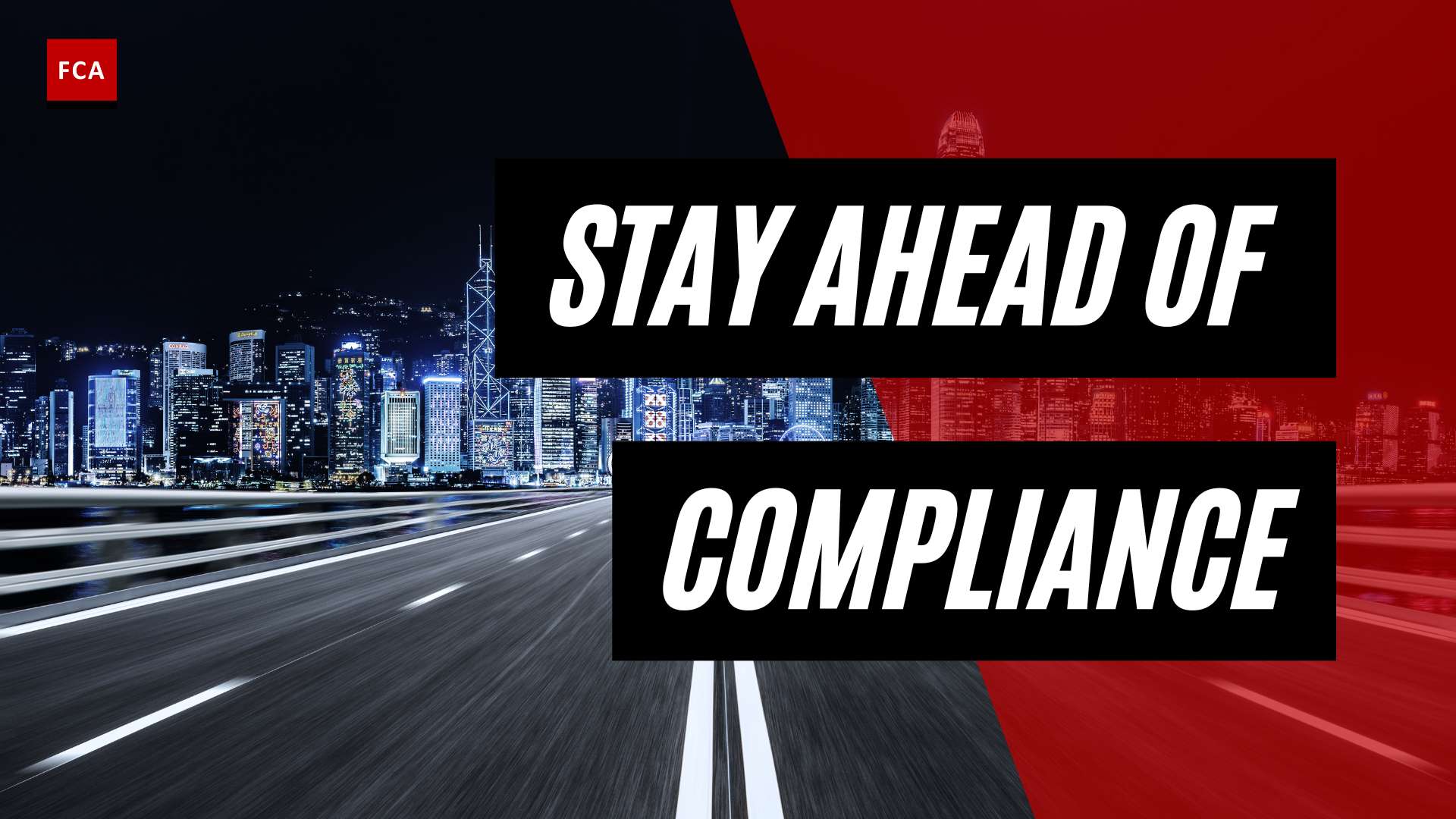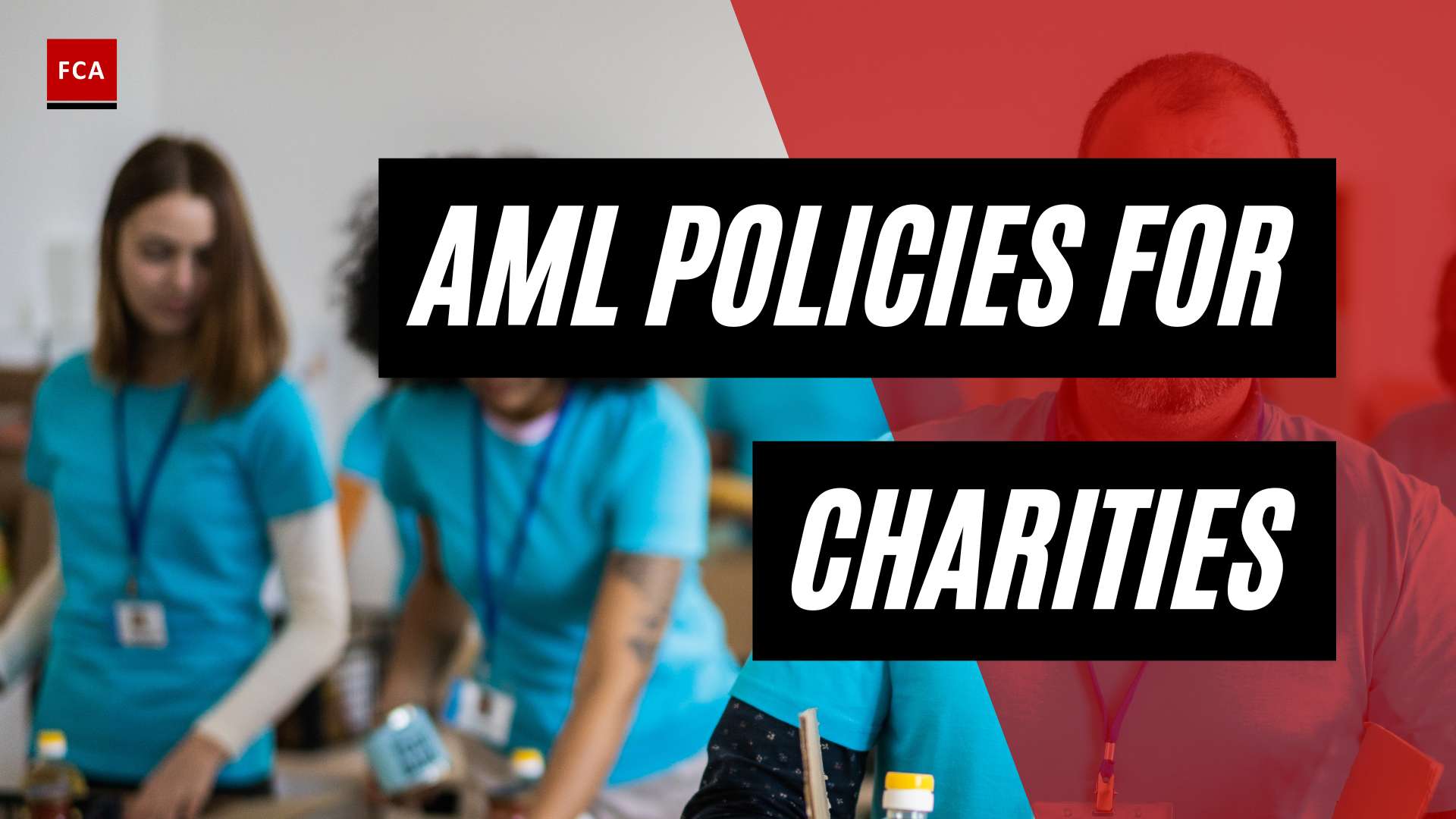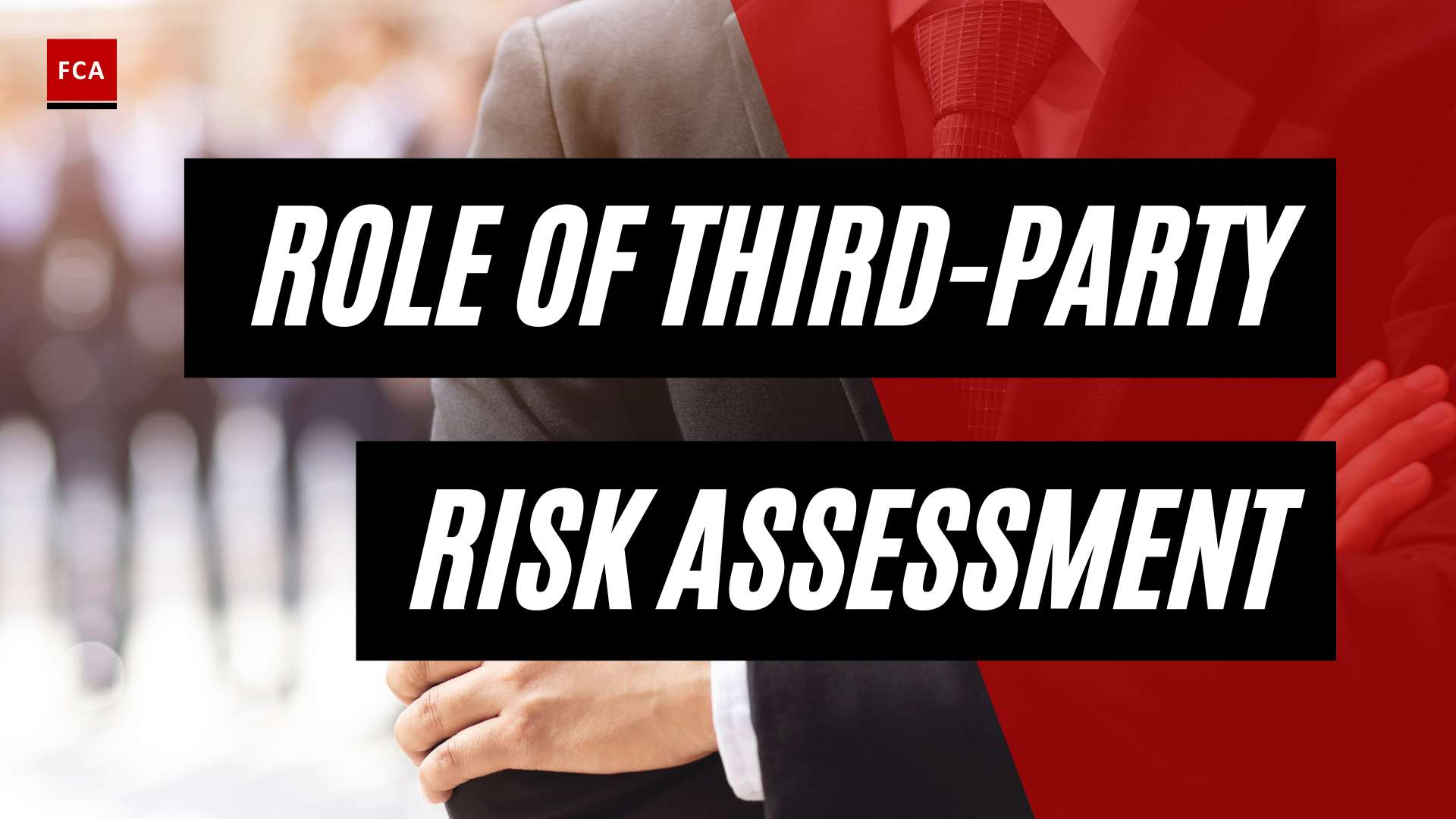Understanding Anti-Money Laundering (AML) in the Luxury Goods Industry
The significance of Anti-Money Laundering (AML) measures in the luxury goods industry cannot be overstated. With the financial crime risk inherent in the sector, it is crucial for professionals working in compliance, risk management, anti-money laundering, and anti-financial crime to understand and address the challenges associated with money laundering in the luxury goods industry.
The Significance of AML in Luxury Goods
The luxury goods sector, valued at USD$312 billion, encompasses a wide range of items, including fine art, superyachts, sports cars, watches, jewelry, and high-end apparel (FTI Consulting). The financial crime risks within this industry are self-evident, with money laundering and tax evasion being significant concerns.
Recent high-profile cases have highlighted the involvement of the luxury goods industry in financial crime. For example, the conviction of the vice-president of Equatorial Guinea, who was found guilty of corruption while possessing luxury cars, Fabergé eggs, and expensive wines (FTI Consulting). Such cases underscore the need for robust AML measures to detect and prevent illicit financial activities within the luxury goods sector.
Recent Cases Highlighting AML Risks in the Industry
Criminal groups are employing increasingly sophisticated methods to move money, often exploiting the luxury goods market. One method involves anonymously purchasing high-value artwork to evade sanctions and launder money (FTI Consulting). These cases illustrate the importance of implementing effective AML controls and processes to identify suspicious transactions and mitigate the risk of money laundering within the luxury goods industry.
To combat these risks, the European Union (EU) has expanded its AML regulations to cover a broader range of luxury goods. High-value dealers accepting cash payments of €10,000 or more are now required to register, implement AML policies, conduct risk assessments, perform due diligence, and report any suspicious activity. These measures reflect the recognition of the potential for money laundering and the need for increased vigilance in the luxury goods sector.
In conclusion, AML in the luxury goods industry is of utmost importance due to the significant financial crime risks involved. Recent cases have shed light on the industry’s vulnerability to money laundering, necessitating robust AML measures to detect and prevent illicit activities. By understanding the significance of AML and the risks associated with the luxury goods industry, professionals can work towards implementing effective compliance strategies to protect their organizations and maintain the integrity of the sector.
Money Laundering in the Luxury Goods Sector
The luxury goods sector has become a target for money laundering activities, with criminal groups employing increasingly sophisticated methods to move illicit funds. Understanding these methods and the expanding anti-money laundering (AML) regulations in the European Union (EU) is crucial for combating financial crime in the industry.
Sophisticated Methods Used by Criminals
Criminal groups are employing various sophisticated techniques to launder money within the luxury goods sector. One notable method involves the anonymous purchase of high-value artwork, allowing individuals to evade sanctions and move illicit funds (FTI Consulting). For instance, designated Russian oligarchs have been involved in anonymously purchasing high-value artwork, enabling them to bypass U.S. sanctions (FTI Consulting). By exploiting the high value and relative ease of transferring ownership of luxury goods, criminals can obscure the origins of their illicit funds.
Expansion of AML Regulations in the EU
Recognizing the growing risk of money laundering in the luxury goods industry, the EU has taken steps to expand AML regulations within the sector. The sixth EU anti-money laundering regulation, which came into effect on December 3, 2020, lowers the reporting threshold for high-value goods traders from €15,000 to €10,000, aligning with the U.S. Bank Secrecy Act (Sanction Scanner). This means that high-value dealers accepting cash payments of €10,000 or more must register, implement AML policies, conduct risk assessments, carry out due diligence, and report any suspicious activity (FTI Consulting). The expanded regulations aim to enhance transparency and accountability within the luxury goods market, making it more difficult for criminals to exploit the sector for money laundering purposes.
As the luxury goods market continues to evolve, it is crucial for industry players to stay updated on AML regulations and comply with them to safeguard against financial crime. Luxury brands and dealers must prioritize compliance by implementing robust AML controls to detect and prevent money laundering activities. By doing so, they can protect their reputation, avoid regulatory penalties, and contribute to the overall integrity of the industry. For more information on AML controls for luxury brands, please refer to our article on AML controls for luxury brands.
Compliance Challenges for Luxury Goods Dealers
Ensuring compliance with anti-money laundering (AML) regulations is a critical challenge faced by luxury goods dealers. The luxury goods industry has been criticized for lacking understanding of financial crime risks, having poor controls, and submitting very few suspicious transaction reports. To safeguard their reputation and mitigate potential risks, luxury brands must invest in compliance measures.
Lack of Understanding and Controls
One of the significant compliance challenges faced by luxury goods dealers is a lack of understanding of the complexities surrounding AML requirements. Compared to financial institutions, the AML compliance programs in the luxury goods industry are relatively underdeveloped (JobLUX). Dealers of luxury items, also known as “high-value” dealers, may face staffing limitations, making it difficult to dedicate resources to specialized knowledge, training, and procedures necessary for AML compliance. This lack of understanding and controls increases vulnerability to money laundering risks.
To address this challenge, luxury goods dealers need to prioritize AML education and awareness within their organizations. Training programs should be developed to educate employees about the red flags indicating potential money laundering activities. By enhancing their understanding of AML regulations and risks, luxury goods dealers can actively identify suspicious transactions and implement effective AML controls.
Importance of Investing in Compliance
Investing in compliance is crucial for luxury goods dealers to meet AML requirements and protect their business interests. Failure to comply with AML regulations can result in severe consequences, including financial penalties and reputational damage. Non-compliance poses a significant risk to the integrity and credibility of luxury brands, potentially leading to loss of customer trust and loyalty.
To mitigate these risks, luxury goods dealers should prioritize the development and implementation of robust AML compliance programs. This includes establishing comprehensive policies and procedures to ensure adherence to AML regulations. It is essential to allocate sufficient resources for compliance staffing levels and provide ongoing training to employees to enhance their AML knowledge and skills. By investing in compliance, luxury goods dealers can demonstrate their commitment to maintaining the highest standards of ethics and integrity in their operations.
Ensuring compliance with AML regulations is an ongoing challenge for luxury goods dealers. By addressing the lack of understanding and controls and investing in comprehensive compliance programs, luxury brands can protect their reputation, mitigate money laundering risks, and contribute to a more transparent and secure industry.
The Value of Luxury Goods and Money Laundering
In the realm of anti-money laundering (AML), the luxury goods industry holds significant value and, consequently, attracts the attention of money launderers. Understanding the size and scope of the luxury goods market and the attractiveness of luxury goods for money launderers is crucial in combating illicit financial activities.
Size and Scope of the Luxury Goods Market
The luxury goods sector is vast, encompassing fine art, superyachts, sports cars, watches, jewelry, and high-end apparel. According to FTI Consulting, this industry is valued at a staggering USD$312 billion. Such high-value commodities make the luxury goods market susceptible to financial crimes, particularly money laundering and tax evasion.
The revenue generated by the luxury goods market is substantial, reaching billions of dollars. The market’s extensive scope, which includes high-value assets like art, wine, jewelry, cars, and private jets, creates opportunities for illicit financial activities, including money laundering. Criminals seek to exploit these luxury items as channels for money laundering due to their value and transferability. Luxury goods require fewer transactions to legitimize funds during the money laundering process, making them attractive to money launderers (Sanction Scanner).
Attractiveness of Luxury Goods for Money Launderers
Luxury goods hold several characteristics that make them appealing to money launderers. The integration of high-value art, for example, is facilitated by the long-standing tradition of confidentiality and discretion within the art market. Money launderers can utilize foreign and offshore accounts, anonymous shell companies, and intermediaries like telephonic or online auctions to obscure the origins of illicit funds (Sanction Scanner). The Panama Papers leak shed light on cases where high-value art was held through anonymous shell companies, exemplifying the use of luxury goods in money laundering schemes.
Luxury goods, such as jewelry, vehicles, and yachts, provide money launderers with suitable resting places for laundered assets. By investing in these luxury items, money launderers can keep their illicit funds off regulatory radars, making them an attractive option compared to integrating illegal funds into legitimate enterprises or stocks.
Dealers of luxury items, often referred to as “high-value” dealers, face compliance challenges due to staffing limitations and the need for specialized knowledge, training, and procedures to meet anti-money laundering regulations, such as Know Your Customer (KYC) requirements. Failure to comply with these regulations can have severe consequences. It is therefore essential for luxury brands and dealers to invest in compliance measures to protect their reputation and mitigate potential risks (FTI Consulting, Sanction Scanner).
Understanding the value and appeal of luxury goods to money launderers is crucial in implementing effective anti-money laundering measures within the luxury goods industry. By staying vigilant, collaborating across sectors, and adhering to international initiatives and regulations, luxury goods dealers can play a vital role in safeguarding their industry from the risks of money laundering.
Anti-Money Laundering Measures in the Luxury Goods Industry
To combat the risks of money laundering in the luxury goods industry, various international initiatives and regulations have been developed. These measures aim to promote better anti-money laundering (AML) practices and increase transparency in transactions to prevent illegal financial activities.
International Initiatives and Regulations
The Financial Action Task Force (FATF) guidelines play a significant role in combating money laundering in the luxury goods sector. The FATF is an intergovernmental organization that sets international standards for AML and counter-terrorism financing. These guidelines provide a framework for countries to develop effective AML policies and monitor compliance.
In the European Union (EU), recent expansions of AML regulations have brought more of the luxury goods market under scrutiny. High-value dealers that accept cash payments of €10,000 or more are now required to register, implement AML policies, undertake risk assessments, carry out due diligence, and report suspicious activity (FTI Consulting). These measures aim to enhance AML controls and deter money laundering activities in the industry.
Collaboration between luxury brands, financial institutions, law enforcement agencies, and regulatory bodies is crucial to effectively address money laundering risks and strengthen AML compliance measures in the luxury goods sector. By working together, these stakeholders can share information, best practices, and insights to identify and prevent illicit financial activities.
Collaboration and Vigilance for Effective AML Compliance
In the fight against money laundering, collaboration is key. Luxury brands, financial institutions, and other industry stakeholders should join forces to establish robust AML programs and share intelligence. By exchanging information on suspicious transactions, emerging trends, and potential risks, they can collectively enhance their ability to detect and deter money laundering activities.
Maintaining vigilance is crucial for effective AML compliance in the luxury goods industry. It is essential for financial institutions and luxury brands to stay updated on the latest trends and techniques used by money launderers within the sector. Implementing proper training protocols and increasing awareness of jurisdictional and firm-specific risks are also important steps in detecting and deterring potential money laundering threats.
By adhering to international initiatives, regulations, and collaborating with relevant stakeholders, the luxury goods industry can strengthen its AML measures and protect its reputation from being used as a gateway for illicit financial activities. Safeguarding the integrity of the sector requires a unified effort to ensure compliance, transparency, and accountability across the industry.








